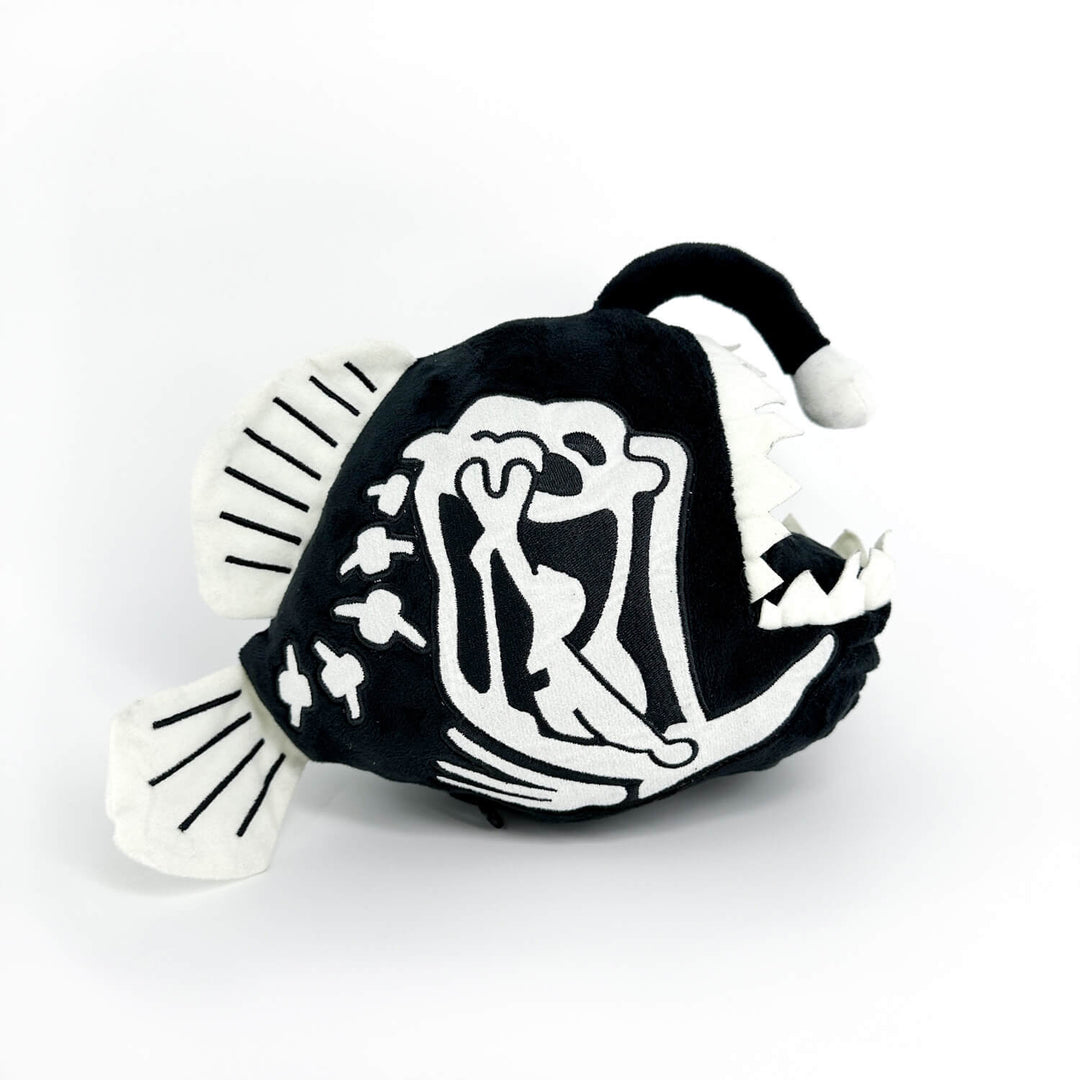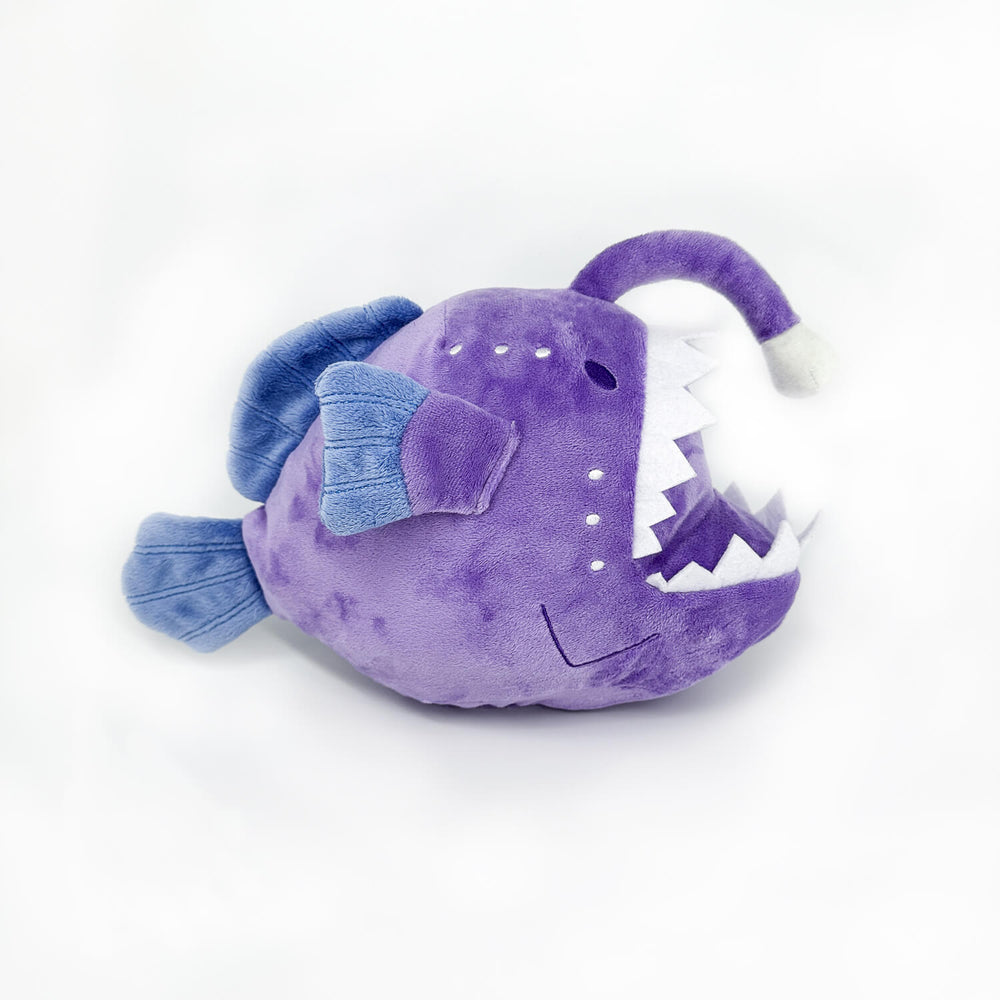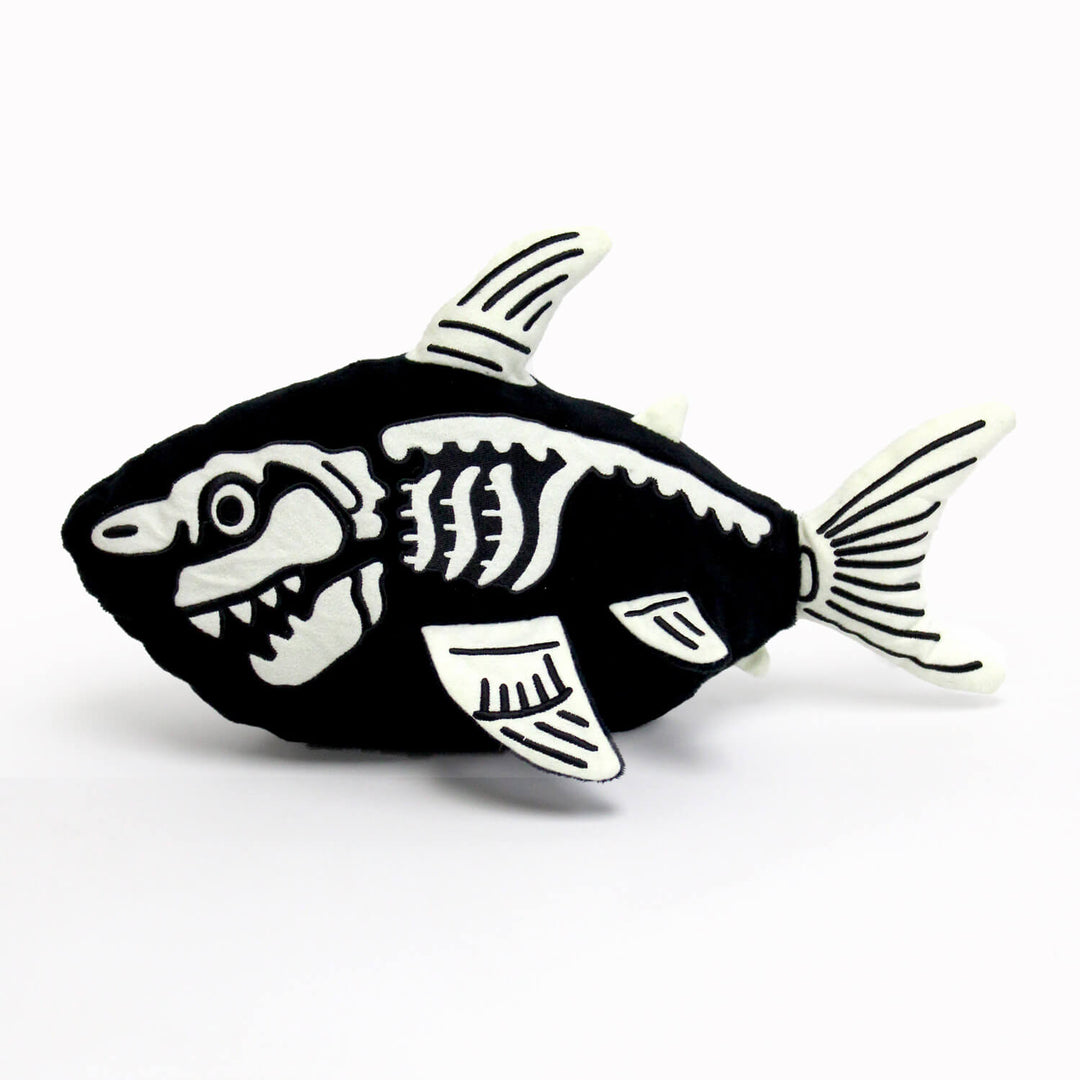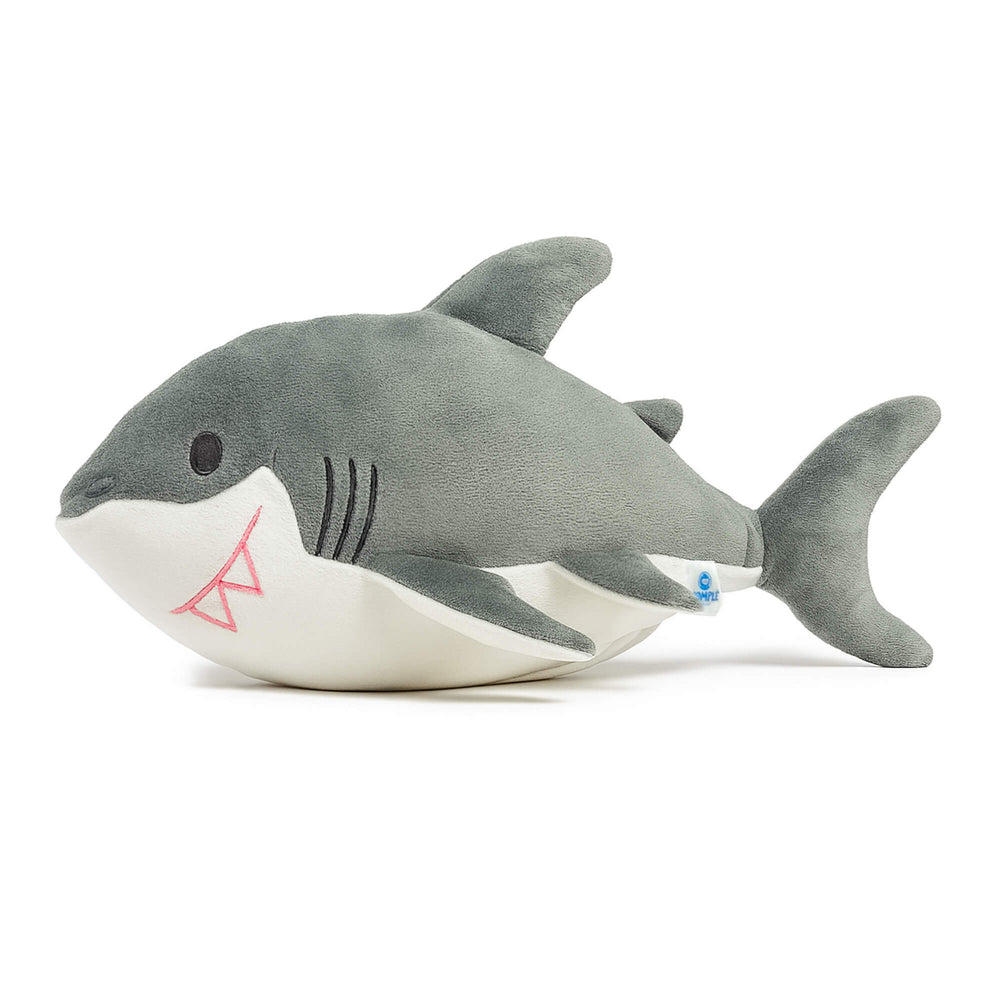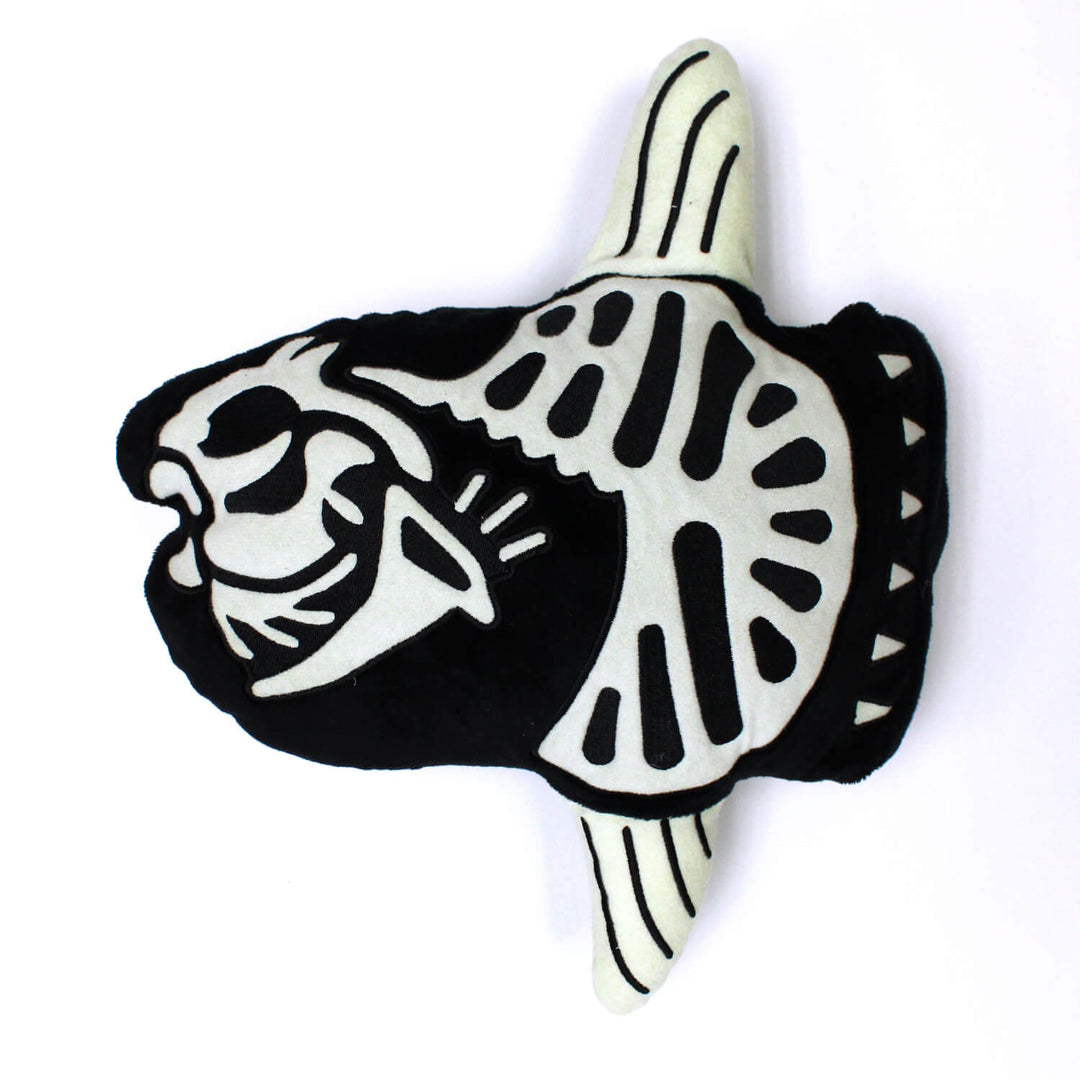Learn about:
Anglerfish
There are many different types of Anglerfish, but they all have one thing in common: they're fish that fish! Anglerfish have a built-in lure that attracts other fish so that they get close enough to ::CHOMP!::
6 amazing facts about Anglerfish (Lophiiformes):
- Different types of Anglerfish live all over the world, from shallow coral reefs in Australia to the deepest ocean floors. There are 18 different "families" of Anglerfish, and many of them have fun names like monkfishes, frogfishes, and sea toads!
- If there's one thing all Anglerfish have in common, it's that they like to eat... other fish. These carnivorous hunters use their built-in lures to attract prey, and then gobble up the unsuspecting fish when they get too close.
- Some Anglerfish, like the frogfish, also use camouflage. They blend right into the ocean floor and look just like a rock.
- Deep-sea Anglerfish, those that live down in the dark depths of the ocean, have a special lure call an "esca". The esca glows in the dark! Curious fish might think it is something to eat and come just a little bit too close...
- Here's something REALLY cool: the things that make the esca glow in the dark are tiny little organisms that live inside the Anglerfish's lure! They're tiny luminescent (glowing) bacteria that live almost their entire lives inside the lure. They help the Anglerfish, and the Anglerfish gives them a home!
- The Black Seadevil is the scary-sounding name of a particularly awesome looking Anglerfish. It's named for its typically pitch-black skin and terrifyingly sharp teeth. But despite their scary name, Black Seadevils really aren't anything to be afraid of: they only live in deep waters where humans can't swim, and they're actually pretty small, barely 6 inches long.
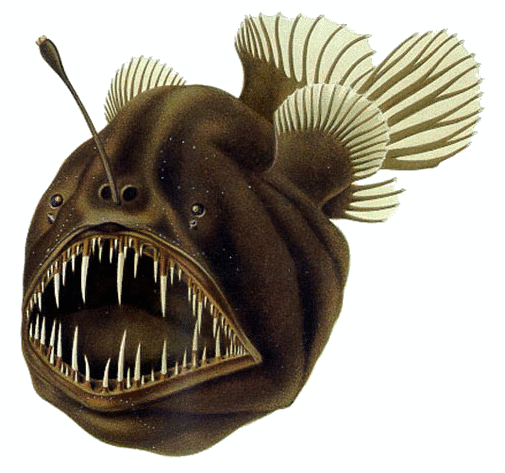
Click a spot to learn more about the Black Seadevil and other anglerfish:
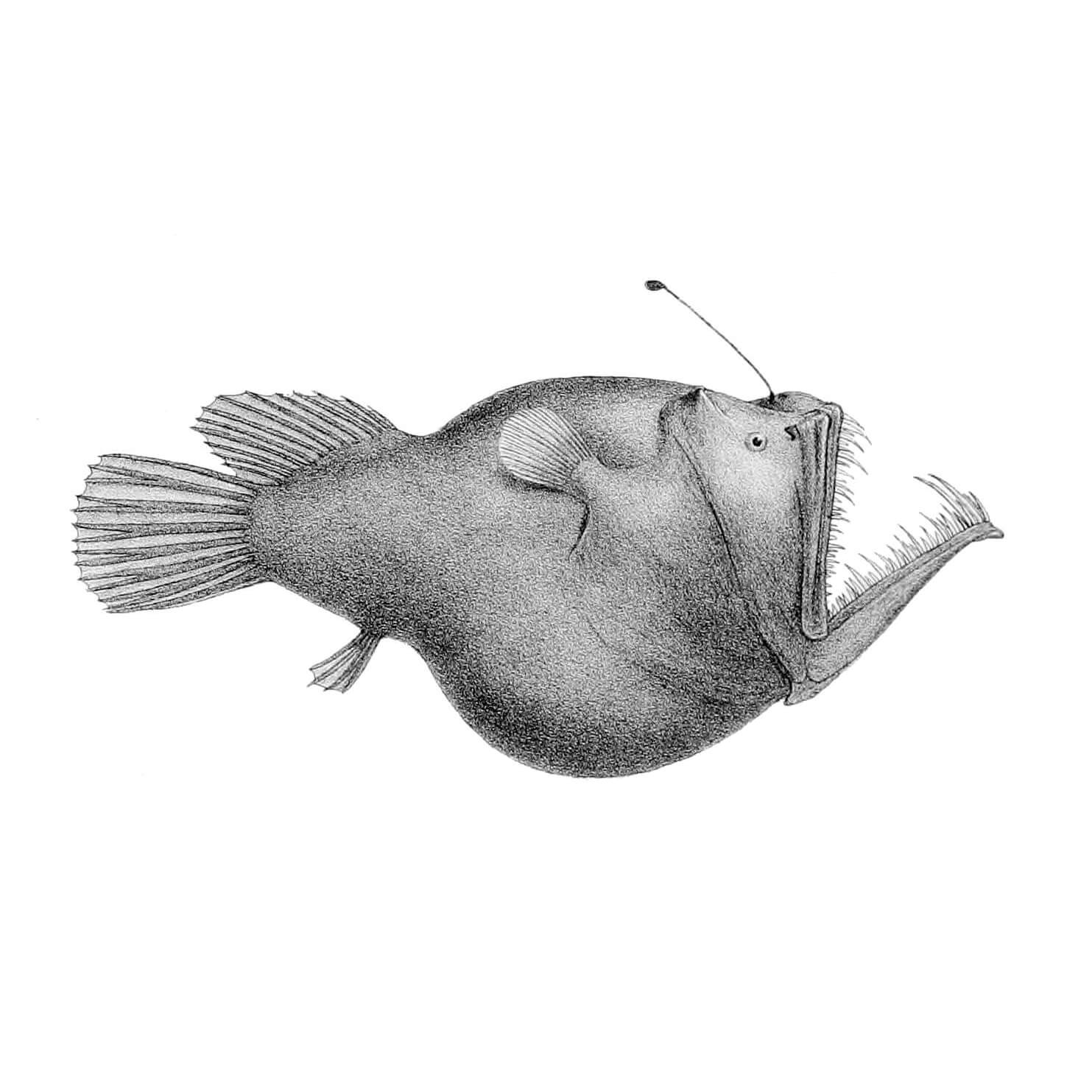
Razor Sharp Teeth
The Black Seadevil anglerfish has lots of extremely sharp teeth. Thin and glass-like in appearance, these teeth are depressible - that means that the teeth can move. When swallowing prey, depressible teeth move inward so that the anglerfish can swallow large meals without its teeth getting in the way. Once the prey is inside the anglerfish's mouth, the teeth move back outward to form a cage so that the swallowed prey can't escape.
The Creatures of the Esca
The esca, the lure at the top of an anglerfish's fishing rod, contains many tiny glowing bacteria. These little bacteria are actually individual living organisms! They live inside the esca in a symbiotic relationship with the anglerfish. That means that these little bacteria help the anglerfish hunt by glowing with their luminescence in the dark water, and in exchange the anglerfish provides them with the esca, a safe and comfortable environment for them to call home. It's a win-win!
That's A Big Bite!
The jaw of an anglerfish can open up so wide that they can swallow a fish twice its own size! It's stomach can expand, too, allowing these predators to swallow other fish whole and digest them over long periods of time.
Partners For Life
Some anglerfish have a very unique way of reproducing. Male anglerfish of some species are extremely small, only an inch or two long. They aren't good hunters and can't survive on their own for very long. To survive, they need to find a bigger, stronger female as fast as possible! And once they do, they attach themselves, permanently, to the female. Talk about "until death do us part," these anglerfish become physically inseperable!
Tiny Feet
Some anglerfish have adapted to "walk" on the sea floor using their small back pectoral fins. Instead of swimming around, which requires a lot of energy and makes them visible to prey, these anglerfish walk along the bottom of the ocean. Scientists believe walking instead of swimming could be a strategy to use less energy and hunt more efficiently.


